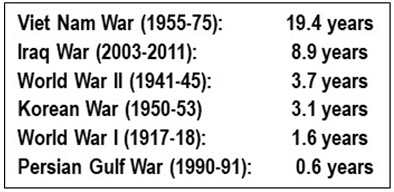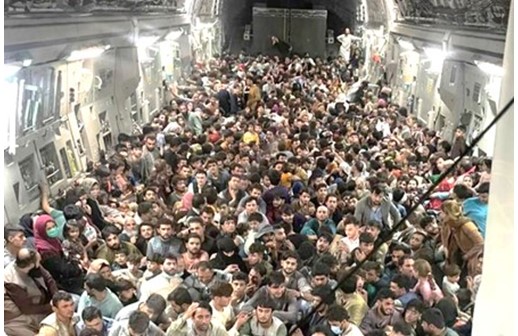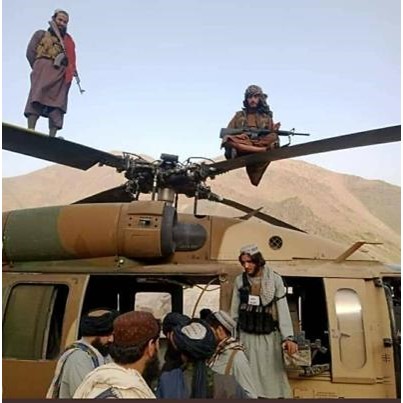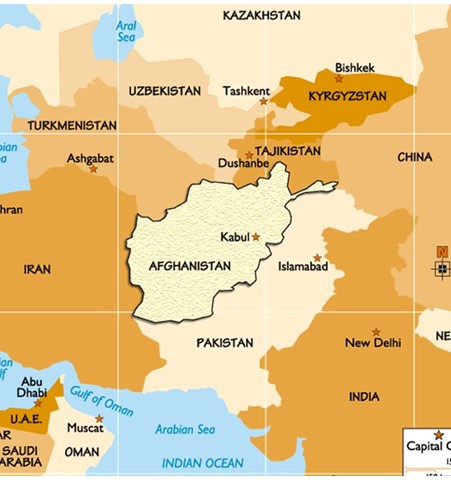I was in the Bay Area for a wedding in mid-August when President Biden announced that on August 31, the last American soldier would be leaving from what he aptly called the “Forever War†in Afghanistan costing $2.2 trillion and lasting 20 years. Most of the money was spent on the military, with $85 billion for training Afghanistan’s military. Here are the war’s mortality numbers (www.tinyurl.com/AfghanWar-HumanCost):
US service members through April 2021: 2,400.
Contractors employed by the US: 3,800.
Afghan national military and police: 66,000.
From NATO and other allied service member states: 1,150.
Afghan civilians: 47,200.
Taliban and other opposition fighters: 51,200.
Aid workers: 440.
Journalists: 70.
The Afghan War is the longest in US history. See the adjacent table. The way the war ended was bizarre. The US handed the country back to the Taliban, which it had overthrown twenty years ago. Many in the Taliban team with which the US negotiated in Doha — and in the new Taliban government now — were incarcerated in the Guantanamo prison for the ghastly 9-11 attack on the Twin Towers in New York. The US image as the Sole Superpower and its credibility among allies has been eroded.
The US-trained Afghan army vanished at astonishing speed and its weak president Ashraf Ghani fled the country. There is irony in Ghani’s pedigree: bachelor’s degree from the American University, Beirut; PhD from Columbia; taught at Berkeley & Johns Hopkins; worked at the World Bank and coauthored a book, ironically titled, “Fixing Failed States.â€
It was my nostalgia trip to the Bay Area, where I lived for four years in the 1980s. We revisited the touristy Redwood Forest and the Berkeley campus. In the 60s and 70s, the Berkeley campus of the University of California was notorious for student protests on issues considered taboos in the US mainstream.
So, with the US announcing our withdrawal from Afghanistan after the longest, costliest war, I expected some public demonstration of relief, if not celebrations, on the war ending. But all I saw was total nonchalance — even on Berkeley’s notorious Telegraph Avenue, where, decades ago, the most radical social outcasts gathered for all radical causes. People were going about their business in coffee shops, campuses, and public squares as if it was somebody else’s war somewhere faraway. In the campus where “Question Authority†was emblazoned on many T-shirts decades ago, a teenager was wearing a jacket with “OBEY†printed on it. While I was wondering how much the place has changed, my daughters told me OBEY is a brand name for a line of fashion apparel.
While editorial and opinion writers are telling us in bits and pieces how the Afghan war ended in defeat and retreat, here are my peripheral observations, as a tax-paying citizen:
• The Vietnam war (costing ~$170 billion in the 1970s, or ~$1 trillion in today’s dollars) was funded by increases in personal and corporate taxes and through bonds. That is, the citizens of that era bore the cost of the war. But the $2.2 trillion Afghanistan war was funded entirely through long-term public debt. It is estimated (www.tinyurl.com/AfghanWar-Interest-on-Debt) that by 2050, the interest on the debt will be over $6 trillion. For the next 30 years, people who had no say on the war — our children and grandchildren — will be paying for the war as deferred payment. For the Sole Superpower republic to go to war on borrowed money, expecting our children and grandchildren to redeem the debt is irresponsible, to say the least.
• Only 1% of the nation’s young and able-bodied went to the war in Afghanistan. This is because of the all-volunteer forces that the US boasts of. As the war dragged on for twenty long years, these voluntarily enlisted men and women ended up going to Afghanistan on multiple tours of combat duty. The psychological toll this took on these men and woman — not to speak of their spouses, parents, and children — is incalculable.
• With most of the 900,000-stong US forces serving multiple times in the war, over 21,000 were wounded. Taking care of these war veterans (many in their 20s and 30s now) for the next several decades will cost the federal government another $5 trillion, by one estimate. So, our children who are already harsh towards us, their baby-boomer parents, for bankrupting Social Security and Medicare, are burdened with an additional $11 trillion ($6 trillion as interest on debt and $5 trillion for the Afghan war veterans).
• The all-volunteer army was the result of the Vietnam war, which the US fought — and lost — with compulsory military service (called the draft) from all able-bodied youngsters from all socioeconomic backgrounds. There was widespread opposition to the war from middle class families and above in campus protests across the nation in the 1960s and 70s, as part of the Counterculture Movement. Many from rich or influential, or powerful families dodged the draft using a variety of legal maneuvers that many middle- and working-class youngsters were not even aware of. Among those who dodged going to fight the communists in Vietnam are Presidents Bill Clinton, George W. Bush, and Donald Trump.
Many draftees did not know what they were fighting for, and some were even opposed to the war. The one-year tour of duty for the draftees in far-off tropical jungles twelve time zones away sapped the morale of the army, so critical for invading militaries.
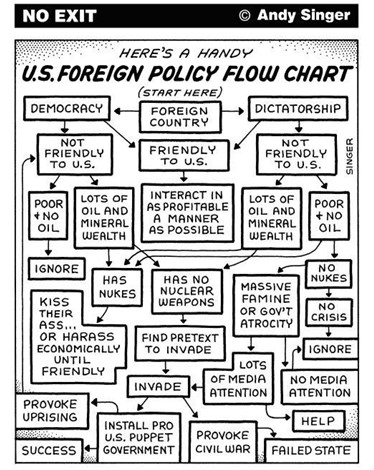
This is how the US or any other Big Powers look at their Foreign Policy options.
In the mid-1980s, in PBS’s 13-part-series Vietnam: A Television History, Gen. Nguyen Giap, the mastermind of the North Vietnam army, said this about the US fighting with unwilling draftees: While we waged one 20-year war, you waged 20 one-year wars.
The draft was one military factor among other non-military ones for the loss in Vietnam. So, the US military ended the draft and opted for an all-volunteer military. Forty-five years later, even with the all-volunteer army, the US still lost in this 20-year long Afghan war.
• Both GOP and Democratic presidents, the US Congress, the US Defense Department and intelligence agencies all have contributed by omissions and commissions to the way this war dragged on. Since every government institution is culpable, nobody will be accountable in the end.
Retreating from a war in defeat for an invading army is always messy, even for the Sole Superpower, no mater how well you plan for it. With noncooperative countries all around (China, Tajikistan, Uzbekistan, Turkmenistan, Iran and Pakistan) and with no access to international waters, the retreating U.S. military walked away leaving behind tens of thousands of assault guns, thousands of vehicles and military hardware. Now, this military hardware worth billions of dollars is in the hands of the Taliban victors, the Pakistan military (the Taliban’s advisors and mentors), and other non-state terrorist organizations.
President Biden was unapologetic for ending this long war, though it was painful to see the way it ended — chaos in Kabul airport, disarray in Afghanistan, and the Taliban forcing the Afghan women back to the 18th century. The majority of Silent Americans of all persuasions are with him.
In the final analysis, for the last twenty long years, did we even know we were going through the costliest war? — END

